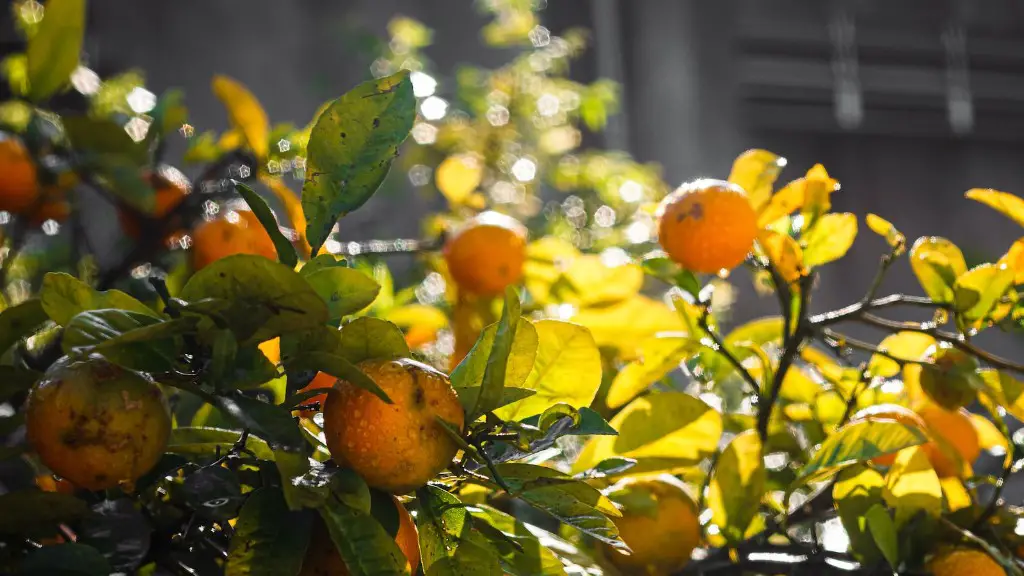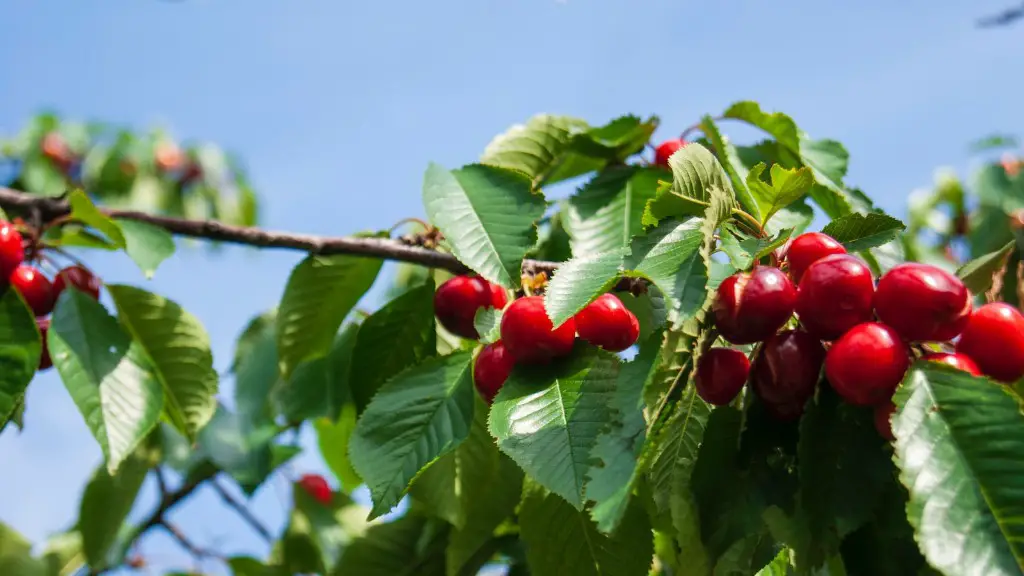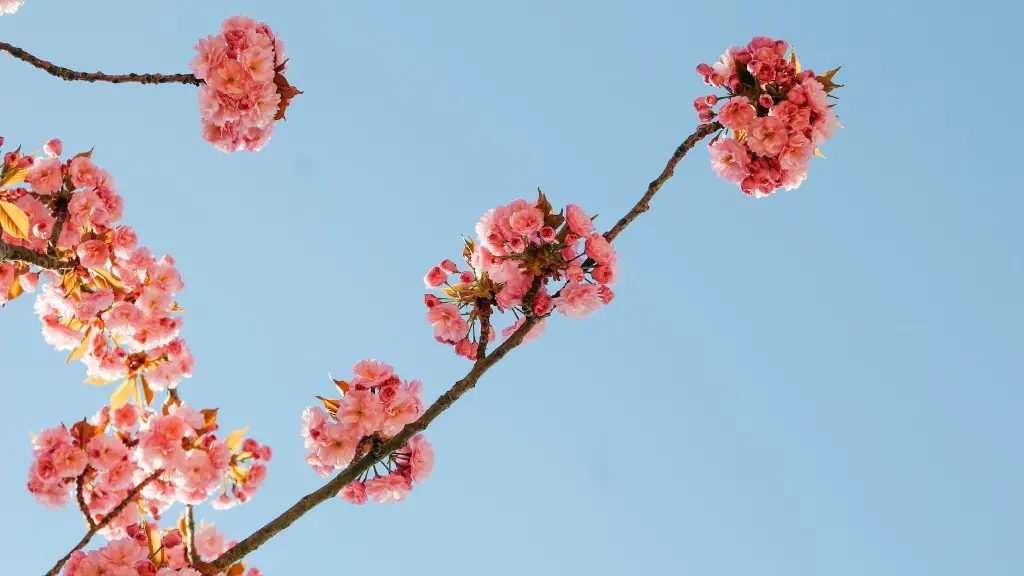The question of how often one should water a Meyer lemon tree can be confusing. How much water it actually needs depends on a variety of factors, including the climate, soil type, age of the tree, and size. A mature Meyer lemon tree will typically need watering about once a week to maintain its health. This depends on the weather, however; for instance, if temperatures are extremely hot and dry, you will need to water it more often.
It is very important that the soil around the tree remains moist enough for the roots to do their job. In the hot summer months, Meyer lemon trees will need more water than usual, particularly if the soil is not well-draining. If the soil has even just a little bit of moisture, it is much less likely to dry out. To check if the soil is dry enough to need watering, insert your finger into the soil about an inch deep. If it feels dry, you should water the tree until the soil feels slightly damp to the touch.
It’s also important to take into consideration the age and size of your Meyer lemon tree when considering how often to water it. Young trees may need more water than older, mature trees since they are still establishing their roots. For example, a young Meyer lemon tree may need to be watered three times a week while a mature tree may only due to a weekly watering.
When it comes to watering the tree, it is important to water it slowly and steadily to make sure the water reaches the root level. It is best to water the Meyer lemon tree early in the morning around sunrise to give the tree ample time to make use of the water during the day. Watering the Meyer lemon tree at night is not recommended, as this can create conditions that are favourable to disease and pests.
Finally, it’s important to keep in mind that Meyer lemon trees do not like or need excessive amounts of water. Overwatering can be harmful to the tree, as it can cause root rot and other issues. That being said, the Meyer lemon tree should not be allowed to become completely dry – it should always have some moisture in the soil.
Dangers of Overwatering a Meyer Lemon Tree
When it comes to Meyer lemon trees, overwatering can be just as dangerous as under-watering. Too much water can waterlog the roots and get rid of the oxygen that is necessary for the roots to function. As a result, the root system will not be able to penetrate the soil and the tree will not be able to absorb the nutrients necessary for survival.
Besides endangering the tree, overwatering can also create a conducive environment for pests and diseases. The moist environment can serve as a breeding ground for fungus and insects, while at the same time weakening the tree’s defences and making it more vulnerable to damage. Furthermore, when the tree becomes waterlogged, it can increase the chances of root rot.
It’s important to watch for signs of overwatering, such as yellowing or wilting leaves, root rot, or the presence of pests or fungus. Signs of underwatering, on the other hand, include dry or brittle leaves and branches, slow growth, and overall poor health.
If you notice that your Meyer lemon tree is showing any of these indicators, it is important to take corrective action as soon as possible to protect the tree from any serious damage.
Preventing Disease Caused by Improper Watering
It’s important to keep an eye out for disease in order to combat it in a timely manner. The most common diseases that can affect Meyer lemon trees are root rot, leaf blight, and pepper spot disease.
Root rot is caused by overwatering, and can be prevented if the correct watering schedule is followed and the soil is well-draining. Leaf blight is caused by the fungus Alternaria citri, which can be prevented by providing adequate sunlight and air circulation around the tree. Pepper spot disease is caused by the fungus Phyllosticta citricarpa, which can be prevented by ensuring that enough water is provided to the tree but that it is not allowed to become waterlogged.
In general, it is a good idea to check for any signs of pests and diseases on a regular basis, and to take corrective action if any are found. This will help to ensure that the Meyer lemon tree stays healthy and productive.
Fertilizing a Meyer Lemon Tree
Fertilizing a Meyer lemon tree is important for it to reach its full potential. The best time to fertilize the tree is in the spring, just before the start of the growing season. The fertilizer should contain a balanced blend of nitrogen, phosphorus, and potassium, with a ratio of 10/20/10 being a good starting point.
The amount of fertilizer that is applied to the tree will vary depending on its size and age, but a general rule of thumb is to use approximately one pound of fertilizer per year of the tree’s age. That being said, it is important not to overfertilize the tree, as this will increase the risk of fertilizer burn. If the tree is already healthy and productive, it is better to use less fertilizer than to use too much.
It is also advisable to keep an eye out for signs of nitrogen deficiency in the tree. These signs include yellowing and wilting leaves, as well as slow growth or poor production. If any of these signs are seen, it is important to add a nitrogen-rich fertilizer to the soil, such as a manure tea or fish emulsion.
Pruning a Meyer Lemon Tree
Regular pruning of a Meyer lemon tree is important for ensuring that it remains healthy and productive. Pruning helps to promote healthy growth, as well as encouraging the formation of new fruit buds. It is best to prune the tree in the late fall or early winter, when the tree has finished bearing fruit.
When pruning a Meyer lemon tree, it is important to focus on removing any dead or weak branches, as well as any that are growing in an unproductive direction or rubbing against each other. Besides removing these branches, it can also be beneficial to prune back the branches that are growing rapidly, as this will improve the tree’s overall structure and prevent it from becoming overcrowded.
It is important not to prune the tree too severely, however, as this can set back its growth. Also, be sure to use sharp pruners and sterilize them after each use to prevent the spread of disease. Finally, it is important to seal any cuts with a pruning sealant to prevent pests or disease from entering the tree.
Protecting a Meyer Lemon Tree from Pests
Meyer lemon trees are prone to being attacked by pests, such as aphids, mealybugs, scale, and thrips. These pests can be difficult to control and can cause serious damage to the tree if left untreated. It is therefore important to take preventative measures against these pests.
One way to protect the tree from pests is by keeping the area around the tree clean and free of debris. This will help to prevent the pests from finding a suitable environment in which to breed. It is also important to monitor the tree regularly in order to catch any pests early before they have a chance to do too much damage.
If pests have already made their way onto the tree, the best way to remove them is through manual removal. This entails using your hand or a pair of tweezers to remove any visible pests. It is important to be cautious when doing this, however, as some pests, such as aphids and mealybugs, can easily spread to other areas of the tree if they are not removed carefully.
Another way to protect the tree is to use an insecticidal soap or an organic pesticide. These products usually have little to no effect on humans or animals, but they are effective at killing and repelling pests. It is important to only use these products in accordance with the instructions, and to wear protective clothing when applying them.




